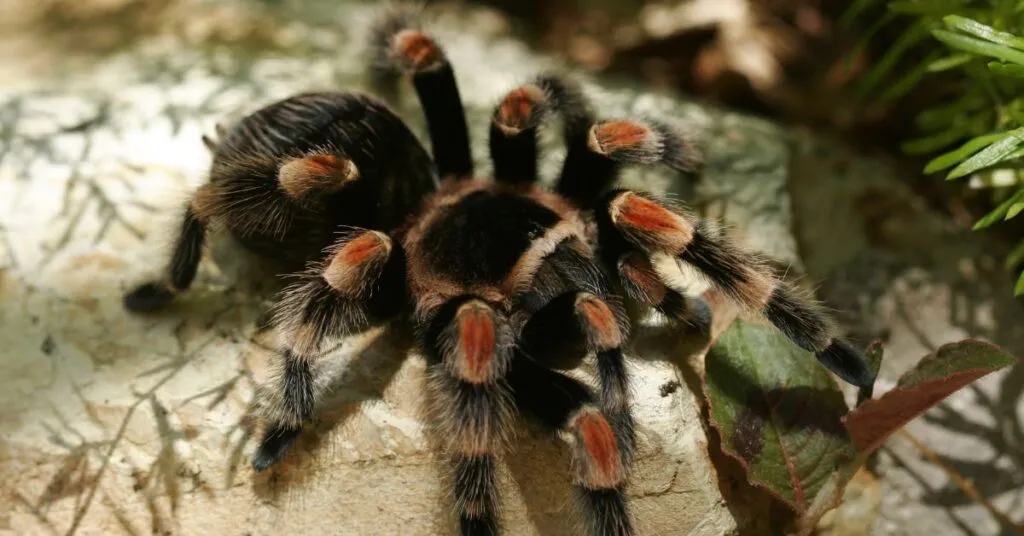Understanding the Mexican Red Knee Tarantula
The Mexican Red Knee Tarantula (Brachypelma hamorii), a captivating and relatively docile species, has become a favorite among tarantula enthusiasts. Known for their striking coloration and manageable temperament, these arachnids offer a fascinating glimpse into the world of exotic pets. Before you consider welcoming one into your home, it’s essential to understand their unique characteristics and needs. This comprehensive guide will provide you with the essential facts to ensure your tarantula thrives.
Origin and Natural Habitat
Native to the arid scrublands and tropical deciduous forests of the Pacific coast of Mexico, the Mexican Red Knee Tarantula has adapted to a specific environment. Understanding their natural habitat is crucial for replicating it in captivity. These tarantulas are burrowing species, often found in burrows or under rocks and logs. They experience distinct wet and dry seasons in their natural environment, which influences their molting and feeding behaviors. Recreating these conditions in your pet’s enclosure will significantly contribute to its well-being.
Physical Characteristics
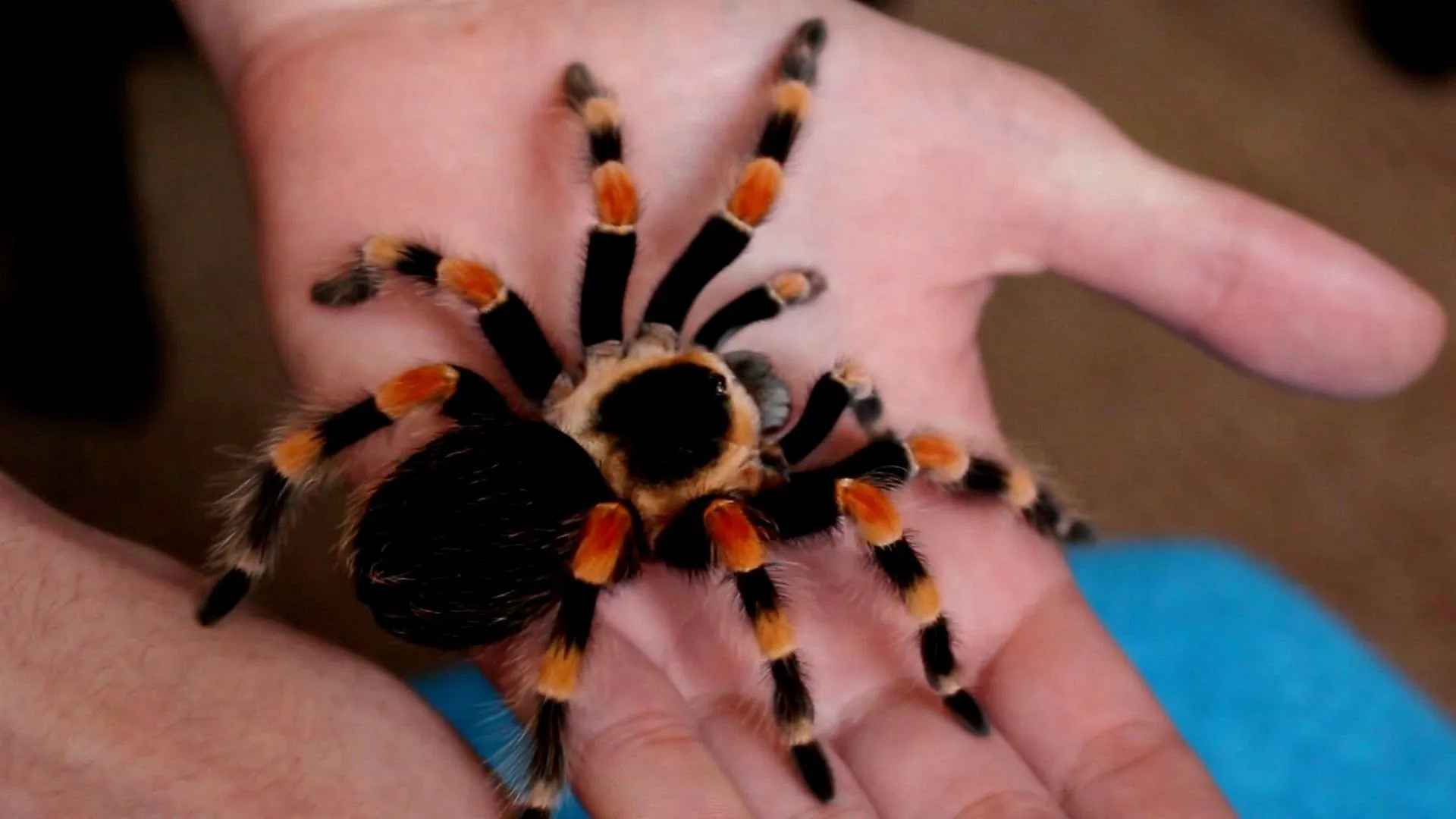
The Mexican Red Knee Tarantula is easily recognized by its striking coloration. They have a dark body, with vibrant red-orange markings on their leg joints, giving them their name. These spiders typically grow to a leg span of about 5-6 inches. Females are generally larger and live longer than males, often reaching 20-30 years, while males typically live for 5-10 years. The visual appeal of this species is a significant factor in their popularity, making them a captivating pet.
Essential Mexican Red Knee Tarantula Care Facts
Caring for a Mexican Red Knee Tarantula requires a basic understanding of their specific needs. These fascinating creatures require a carefully controlled environment to thrive. The following facts are essential for any potential or current owner, encompassing everything from habitat setup to feeding and health maintenance. Proper care will ensure your tarantula lives a long, healthy, and fulfilling life.
Fact 1 Temperature and Humidity Requirements
Maintaining the correct temperature and humidity levels is paramount to your tarantula’s well-being. The ideal temperature range for a Mexican Red Knee Tarantula is between 75-85°F (24-29°C). This can usually be achieved in a standard room, but you might need a heat source like a low-wattage heat mat or a ceramic heat emitter in cooler environments. Humidity should be kept between 60-70%. Regular misting or providing a water dish will help maintain this. Proper climate control is crucial for their molting process and overall health.
Fact 2 Housing and Enclosure Setup
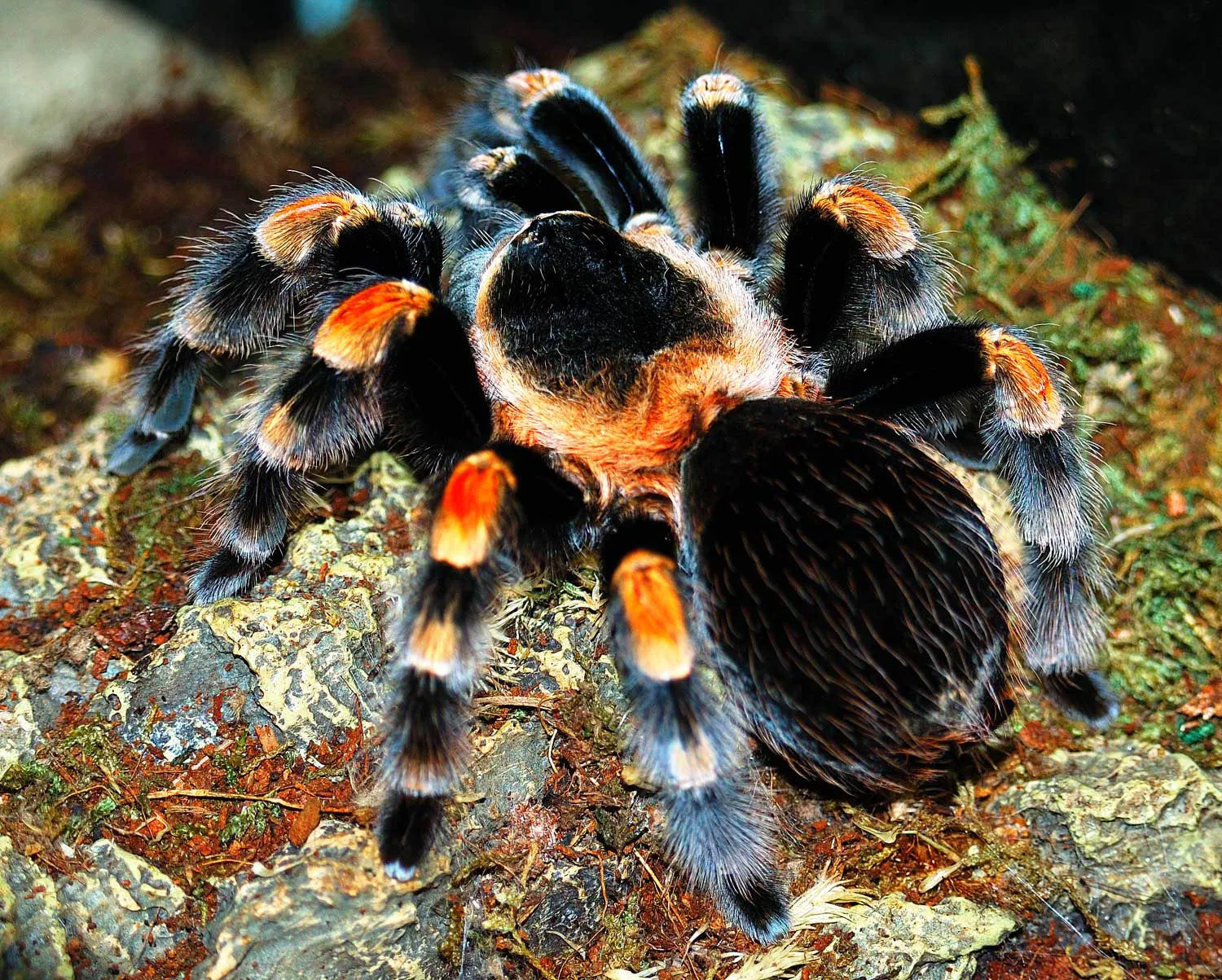
The enclosure is the tarantula’s home, and a well-designed habitat will contribute to its health and happiness. A 10-20 gallon terrarium is suitable for an adult Mexican Red Knee Tarantula. Ensure the enclosure has a secure lid to prevent escapes. Ventilation is essential to avoid stagnant air, and a small amount of air circulation is important. The enclosure should be furnished with substrate, a water dish, and appropriate décor. The right setup simulates their natural environment and provides enrichment.
Substrate Choices
The substrate should be several inches deep to allow for burrowing. A mixture of coconut fiber, peat moss, and a small amount of vermiculite works well, as it retains moisture and allows the tarantula to dig and burrow comfortably. Avoid substrates with sharp edges or those that can easily mold. Changing the substrate every few months, or when it becomes soiled, is crucial to maintain a healthy environment and prevent any potential issues.
Decorating the Habitat
Provide hiding places in the enclosure, such as cork bark, half logs, or artificial plants. These additions provide a sense of security and help the tarantula feel safe. The inclusion of a water dish with fresh water is essential for hydration. Decorate the enclosure appropriately to ensure an environment that’s suitable for the tarantula to thrive. Always be aware of potential dangers in decorations, and avoid anything that could be harmful.
Fact 3 Feeding Your Tarantula
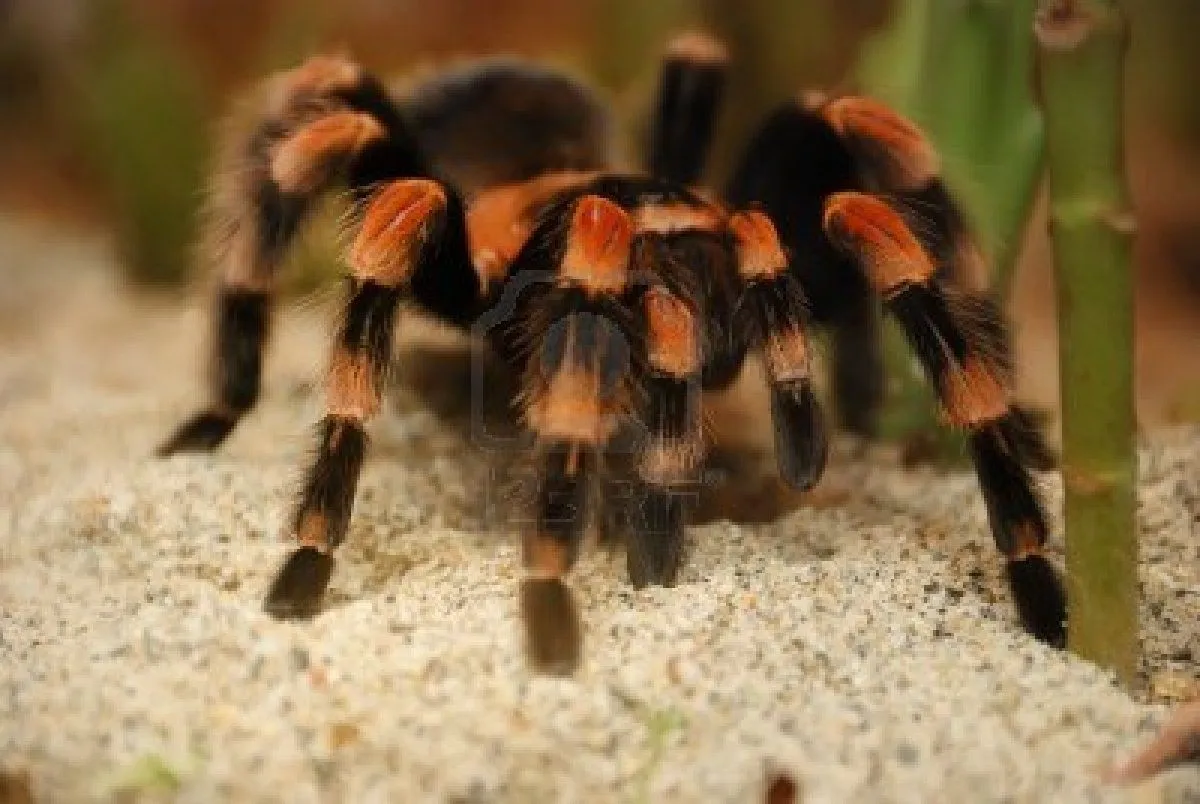
Feeding is a crucial aspect of caring for a Mexican Red Knee Tarantula. They are opportunistic predators, and their diet consists mainly of insects. The frequency of feeding, the type of food, and the size of the prey are all important factors. It is important to offer an appropriate diet for them to thrive. Overfeeding can lead to problems, so it is important to find the correct balance.
Choosing the Right Food
Crickets, mealworms, and roaches are common and suitable food sources. Ensure that the insects are gut-loaded with nutritious food before feeding them to your tarantula. Gut-loading increases the nutritional value of the prey. Avoid feeding wild-caught insects, as they may contain pesticides or parasites. Variety in the diet can provide different nutrients and prevent nutritional deficiencies.
Feeding Frequency
Juvenile tarantulas need to be fed more frequently, perhaps once or twice a week. Adult tarantulas can be fed every 1-2 weeks. The best approach is to observe your tarantula’s behavior. If it refuses food, it may be in premolt. Remove any uneaten prey within 24 hours to prevent stress or injury to the tarantula. Adjust the feeding frequency according to the tarantula’s appetite and growth stage.
Fact 4 Handling and Safety Precautions
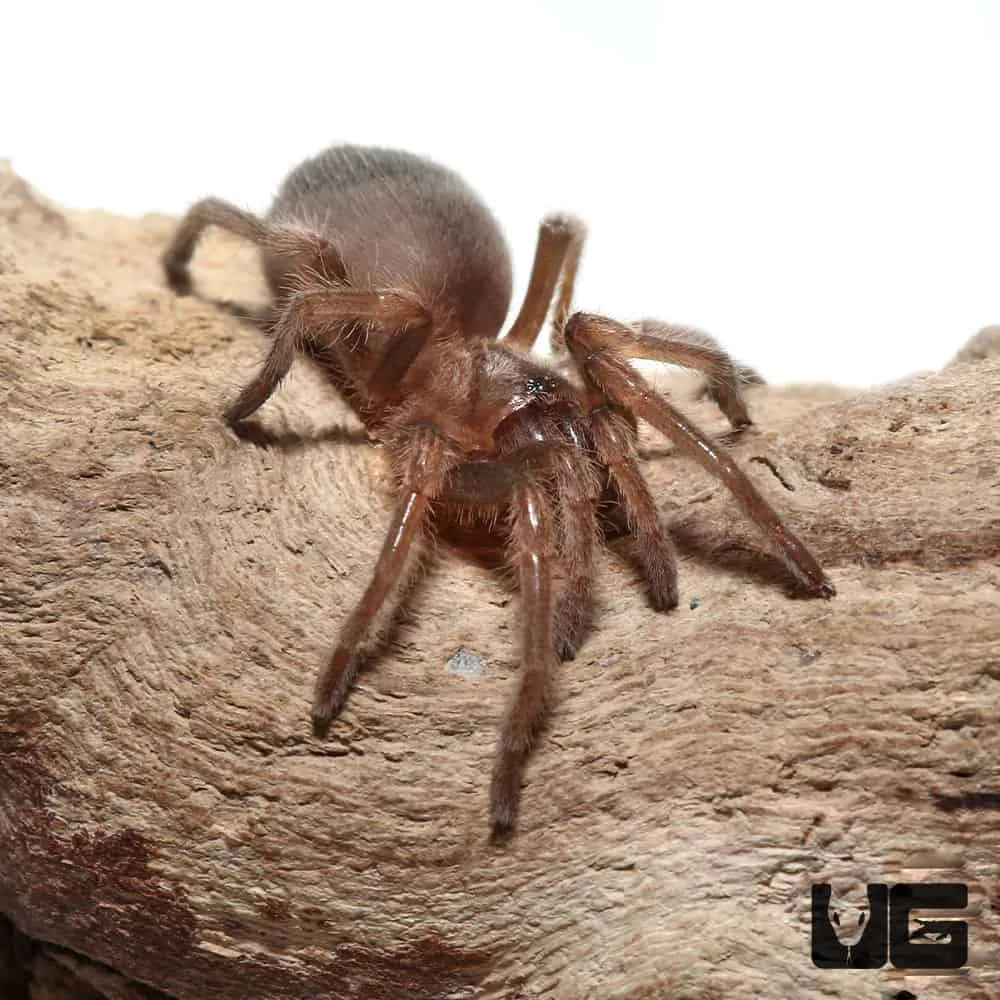
While Mexican Red Knee Tarantulas are known for their relatively docile nature, handling should be done with caution. Tarantulas are not typically aggressive, but they can bite if they feel threatened. Understanding the risks and practicing safety precautions is essential for the well-being of both you and your tarantula. Always approach with respect and caution, even if your tarantula seems calm.
Potential Risks of Handling
Tarantula bites, although rarely life-threatening, can be painful and may cause localized reactions. The urticating hairs, which they can flick off their abdomen as a defense mechanism, can cause skin irritation and respiratory problems if inhaled. Always wash your hands thoroughly after handling and avoid touching your eyes or face. Handling can also stress the tarantula, potentially affecting its appetite or behavior.
Safe Handling Practices
If you choose to handle your tarantula, do so with care and gentleness. Handle them close to a soft surface, in case they fall. Avoid sudden movements, and never grab or startle your tarantula. Always wash your hands before and after handling. Observe the tarantula’s behavior before attempting to handle it. If it appears agitated or defensive, it is best to avoid handling at that time.
Fact 5 Health and Common Issues
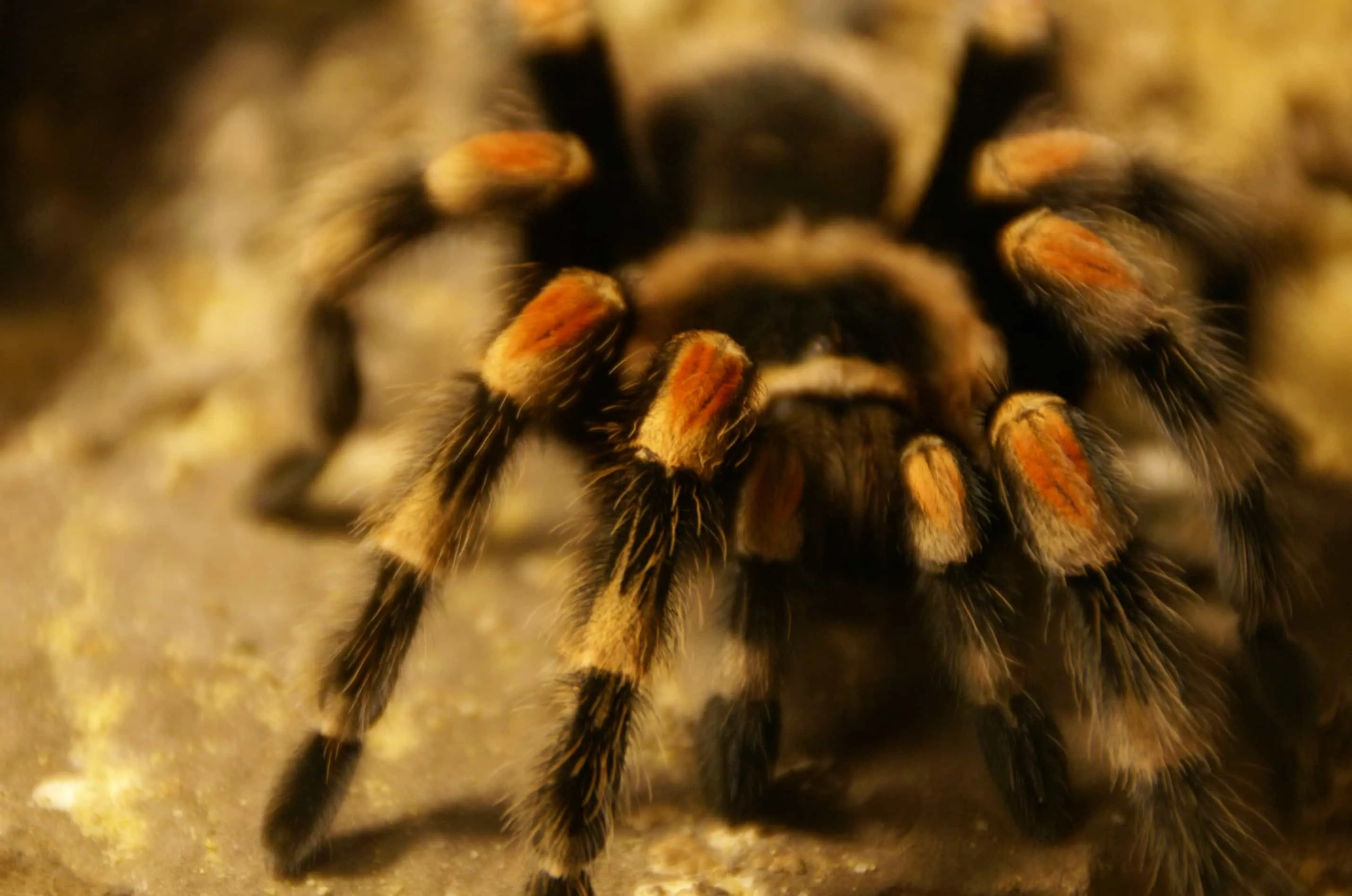
Like any pet, Mexican Red Knee Tarantulas can encounter health issues. Recognizing the signs of illness and knowing how to respond is essential for responsible pet ownership. Regularly inspecting your tarantula and its enclosure will help catch any potential problems early. Common issues include problems during molting, parasite infestations, and injuries. Early detection and intervention can improve their prognosis and well-being.
Shedding Process
Molting is a natural process where tarantulas shed their exoskeleton to grow. During this time, they are particularly vulnerable. Signs of molting include a loss of appetite, sluggishness, and the appearance of a darkened abdomen. Provide a humid environment during molting, but avoid disturbing the tarantula. Never attempt to assist a tarantula with molting, as this can cause serious injury or even death. After molting, the tarantula’s new exoskeleton will be soft, and it will take a few days for the new exoskeleton to harden.
Identifying and Treating Health Problems
Look out for signs of illness, such as lethargy, loss of appetite, or unusual behavior. If you notice any of these, consult a veterinarian experienced in exotic animals. Mites and fungal infections can also affect tarantulas. Maintaining a clean and properly humidified enclosure can help prevent these problems. Prompt treatment can improve the chances of recovery. Regularly monitor the tarantula’s overall condition, and be aware of any changes in behavior or appearance.
Conclusion: Caring for Your Mexican Red Knee Tarantula
Owning a Mexican Red Knee Tarantula can be a rewarding experience. By understanding their needs and providing proper care, you can ensure they live a long, healthy, and enriching life. From setting up the perfect habitat to providing the right diet and handling them safely, every aspect of care is crucial. Remember, these creatures are not just pets; they are fascinating animals that deserve respect and responsible ownership. With the knowledge provided in this guide, you are well-equipped to welcome a Mexican Red Knee Tarantula into your life and appreciate its unique beauty and characteristics. Enjoy the journey of tarantula ownership, and embrace the captivating world of these amazing arachnids.
